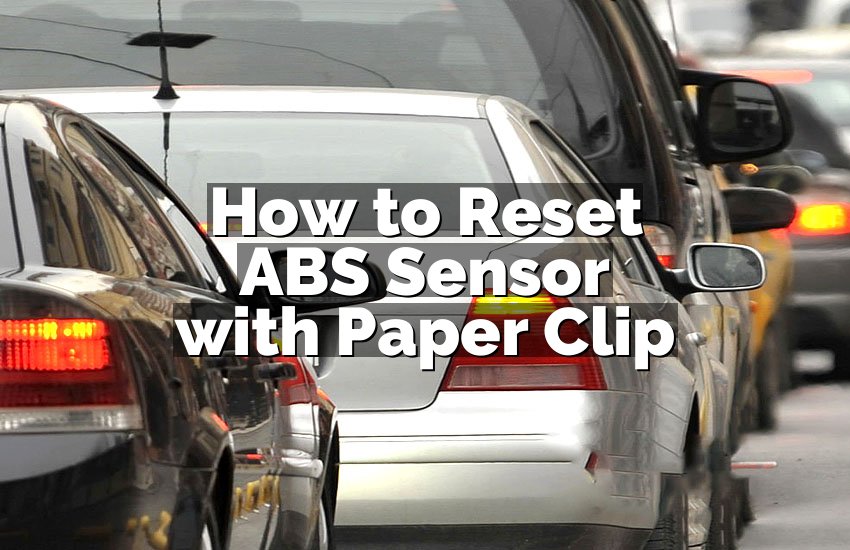To vacuum your car AC system without a pump, start by preparing the necessary tools and materials, such as a vacuum gauge, refrigerant, and a vacuum pump adapter. Then, follow these steps to safely vacuum the system and remove any moisture and air: first, locate the low-pressure service port and connect the vacuum pump adapter; next, start the engine and turn on the AC to the maximum setting; after that, open the valve on the vacuum pump and let it run for about 30 minutes; finally, close the valve and turn off the pump before disconnecting the adapter.
Remember to consult a professional if you’re unsure about any step to ensure the proper functioning of your car’s AC system. Maintaining a car’s AC system is crucial for optimal performance and longevity. If you’re experiencing issues with your car’s AC, it may be necessary to vacuum the system without a pump to remove any contaminants and moisture.
This step-by-step guide will provide you with the knowledge and tools needed to effectively vacuum your car’s AC system, ensuring it operates at its best. With the right preparation and careful execution, you can successfully vacuum your car’s AC system without the need for a pump, saving time and money on professional services.

Credit: www.amazon.com
Step-by-step Guide To Vacuuming Car Ac System Without A Pump
Vacuuming your car’s AC system is an essential step in maintaining its optimal performance. While many guides recommend using a pump for this process, it is possible to vacuum your car’s AC system without a pump. In this step-by-step guide, we will walk you through the process of vacuuming your car’s AC system without the need for a pump. Follow these simple steps to ensure your AC system is functioning efficiently and effectively.
Preparation
Before you begin the vacuuming process, it is important to gather the necessary tools and materials. Here’s what you will need:
- A vacuum connector kit: This kit contains adapters that will allow you to connect your vacuum cleaner to the AC system.
- A refrigerant recovery machine: This device will help you remove any excess refrigerant from the system.
- A refrigerant leak detector: This tool will help you identify any leaks in the system.
- A refrigerant refill kit: This kit will be used to add refrigerant back into the system after vacuuming.
- A set of gauges: These gauges will help you monitor the pressure levels in the AC system.
- A can of AC flush: This flush will help clean the AC system and remove any debris or contaminants.
Evacuating The System
In this step, you will remove all the air and moisture from the AC system. Follow these steps:
- Locate the low-pressure port: This port is usually found near the AC compressor.
- Connect the vacuum connector to the low-pressure port: Use the appropriate adapter from your vacuum connector kit.
- Connect your vacuum cleaner to the vacuum connector: Ensure a tight connection to prevent any air from entering the system.
- Turn on the vacuum cleaner: Let it run for at least 30 minutes to evacuate the system properly.
Checking For Leaks
After evacuating the AC system, it is crucial to check for any leaks. Follow these steps:
- Turn off the vacuum cleaner and disconnect it from the AC system.
- Connect the refrigerant leak detector to the low-pressure port.
- Slowly move the leak detector around the AC system components and connections.
- If the leak detector indicates a leak, make a note of the location.
Adding Refrigerant
Once you have confirmed that there are no leaks in the system, you can add refrigerant. Follow these steps:
- Connect the refrigerant recovery machine to the low-pressure port.
- Remove any excess refrigerant from the AC system using the recovery machine.
- Disconnect the recovery machine and connect the refrigerant refill kit to the low-pressure port.
- Add the appropriate amount of refrigerant according to your car’s specifications.
Testing The System
After adding refrigerant, it’s time to test the system and ensure it is working properly. Follow these steps:
- Start your car and turn on the AC system.
- Monitor the pressure levels using the gauges.
- Check for any unusual sounds or smells.
- Adjust the temperature and fan settings to ensure they are functioning as expected.
By following this step-by-step guide, you can vacuum your car’s AC system without a pump and maintain its optimal performance. Regular vacuuming and maintenance will prolong the life of your AC system and ensure a comfortable driving experience.

Credit: www.wikihow.com

Credit: www.amazon.com
Conclusion
Vacuuming your car AC system without a pump is a simple yet effective process that can be easily executed following the step-by-step guide provided. By removing moisture and contaminants, you ensure optimal performance and longevity of your car’s AC system.
Regular maintenance of your AC system is key to keeping it in top shape and enjoying comfortable rides throughout the year. So, why wait? Get started and give your car’s AC system the attention it deserves.


